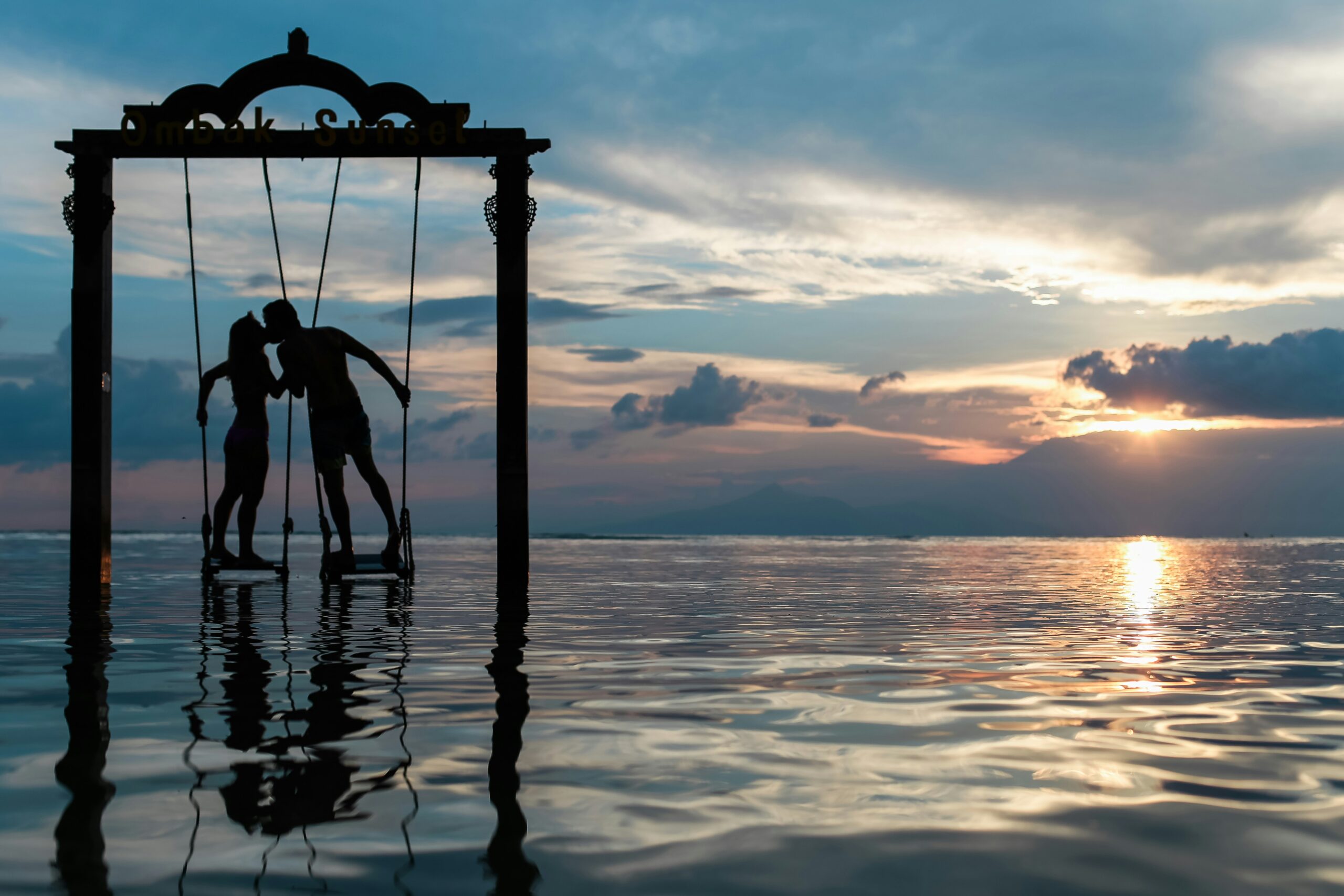Palm Sunday, known as Linggo ng Palaspas in the Philippines, marks the beginning of Holy Week (Semana Santa), the most solemn and significant period in the Catholic calendar. As a predominantly Catholic nation, the Philippines observes this day with deep reverence, blending religious rituals with rich cultural traditions.
This article explores the meaning of Palm Sunday, its historical and spiritual significance, unique Filipino customs, and how communities across the country celebrate this sacred day.
What is Palm Sunday?
Palm Sunday commemorates Jesus Christ’s triumphant entry into Jerusalem, where crowds welcomed Him by waving palm branches and laying them on His path (Matthew 21:1-11). For Catholics and Christians worldwide, it symbolizes the start of Christ’s Passion—His suffering, death, and resurrection.
In the Philippines, this day is marked by:
- Blessing of Palaspas (Palm Fronds) – Parishioners bring woven palm leaves to church for blessing.
- Processions & Reenactments – Some towns hold dramatic representations of Jesus’ entry into Jerusalem.
- Special Masses – Priests read the Passion narrative, and churchgoers participate in the waving of palms.
Historical & Religious Significance
1. Biblical Roots
Palm Sunday recalls the prophecy in Zechariah 9:9, where the Messiah arrives humbly on a donkey. The palms symbolize victory, peace, and martyrdom, foreshadowing Jesus’ sacrifice.
2. Connection to Filipino Catholicism
Introduced by Spanish missionaries in the 16th century, Palm Sunday became deeply embedded in Filipino spirituality. The use of local palms (like buri or anahaw) reflects the adaptation of Catholic traditions to indigenous culture.
Filipino Palm Sunday Traditions
1. The Making of Palaspas
Before Mass, families create intricate palm fronds by:
- Weaving them into crosses, flowers, or fans.
- Decorating them with ribbons, ampao (rice paper), or small statues.
These blessed palms are believed to bring protection and are often placed on home altars or doors to ward off evil.
2. The Bendita sa Palaspas (Blessing of the Palms)
During Mass, the priest blesses the palms with holy water. The congregation waves them while singing “Hosanna!”, reenacting the Jerusalem crowd’s welcome of Jesus.
3. Processions & Salubong
In some provinces (like Pampanga and Marinduque), devotees join processions where a statue of Jesus on a donkey (Humenta) is paraded. In rare traditions, children dress as angels to reenact the biblical scene.
4. Superstitions & Folk Beliefs
- Protection from calamities – Many Filipinos keep blessed palms to guard against typhoons or fires.
- Healing rituals – Some burn old palms from previous years to drive away illness.
Palm Sunday Across Philippine Regions
1. Luzon: Grand Processions & Artistry
- Pampanga – Elaborate palaspas designs compete in town contests.
- Quezon Province – Aginaldo ng mga Mago (Three Kings procession) sometimes coincides with Palm Sunday.
2. Visayas: Simple Yet Heartfelt Observances
- Cebu – Churches distribute coconut palms due to their abundance.
- Bohol – Some communities perform Sinakulo (Passion plays) starting Palm Sunday.
3. Mindanao: Cultural Fusion
- In predominantly Christian areas like Cagayan de Oro, palm weaving blends with indigenous motifs.
- Muslim-majority regions respect the tradition, with some interfaith families participating.
Modern Observance & Challenges
1. Urban vs. Rural Celebrations
- Cities – Mall chapels and condensed Masses accommodate busy schedules.
- Provinces – Still uphold grand processions and community gatherings.
2. Environmental Concerns
Overharvesting of palm trees has led some churches to encourage reusable or alternative materials (like bamboo or cloth).
3. Digital Participation
Since the pandemic, online Masses have allowed Filipinos abroad to join Palm Sunday rites virtually.
Why Palm Sunday Remains Meaningful Today
Despite changing times, Palm Sunday endures because:
✔ It strengthens family bonds – Crafting palaspas together fosters unity.
✔ It renews faith – The waving of palms is a tangible act of devotion.
✔ It preserves heritage – The rituals connect Filipinos to their ancestors’ faith.
Final Thoughts
Palm Sunday in the Philippines is more than a religious obligation—it’s a vibrant expression of faith, artistry, and community. From the intricate weaving of palaspas to the echoing cries of “Hosanna!”, this day prepares hearts for the solemn journey of Holy Week.
Whether observed in grand processions or quiet prayers, Palm Sunday remains a testament to the enduring spirituality of the Filipino people.
How do you celebrate Palm Sunday? Share your traditions in the comments!



